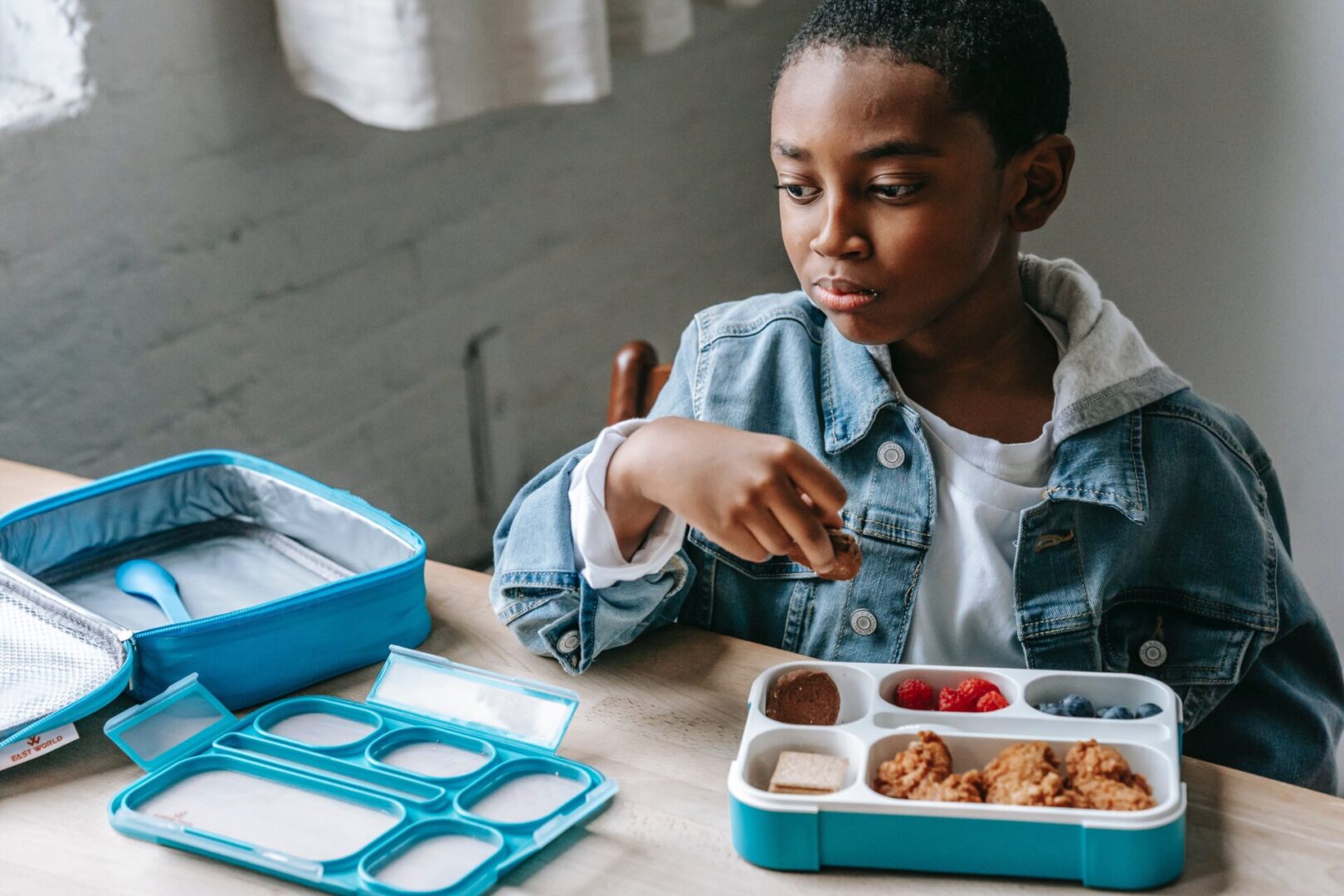Partnering Together To Help Students Stay Safe and Healthy
The School Environment
From daycare to college, the school environment can continue to be a safe place for learning and enrichment but can also be overwhelming without a guide.
Read below for more about 5 things to consider after a Celiac diagnosis:school lunch options, 504 plans for K-12 (with a downloadable template), creating plans for class parties, arts & crafts projects, partnering with teachers.
Educators, from principals, coaches, and district nutrition staff, to teachers, PTA groups, and school nurses, can be wonderful allies. You might invite them to read through this webpage before meeting to partner on creating a safe environment for your child.


Learn About Options for School Lunch
Talk with the school or district to learn about the school lunch program and gluten-free options in the cafeteria menus. Federal law and USDA regulation require school nutrition programs to make reasonable modifications to accommodate children with disabilities, including allergies and digestive conditions. Public schools must make meal accommodations for breakfast and lunch for children with Celiac disease. To make these accommodations, most schools require a form called Request for Special Dietary Accommodations to be completed by a dietitian or medical provider. Public schools have to offer a nutritionally similar meal, but it can be different than the other meals being offered to the rest of the school children. For example, a gluten-free sunflower butter and jelly sandwich while the regular meal is chicken nuggets and an apple. Schools have to be able to prepare the food safely or ensure that it was prepared safely, which might mean separate cooking/prep areas but not necessarily.

Have an Alternative Plan for Classroom Parties and Sweets
Sweets and parties frequently happen in school settings. Here are some tips:
Discuss Arts and Crafts Projects




